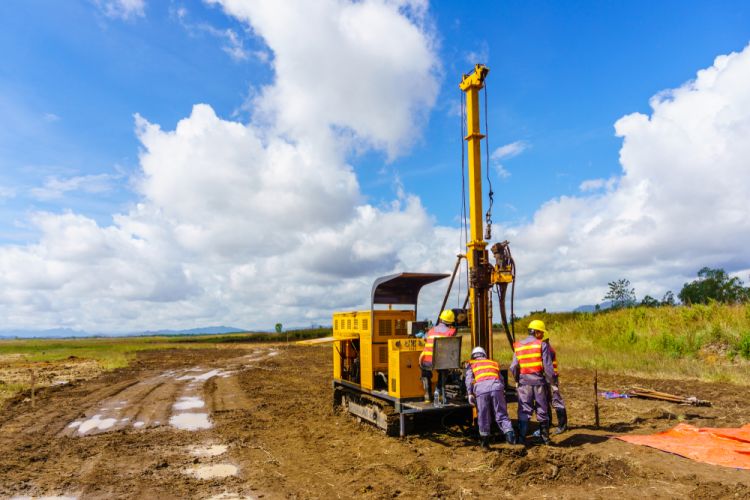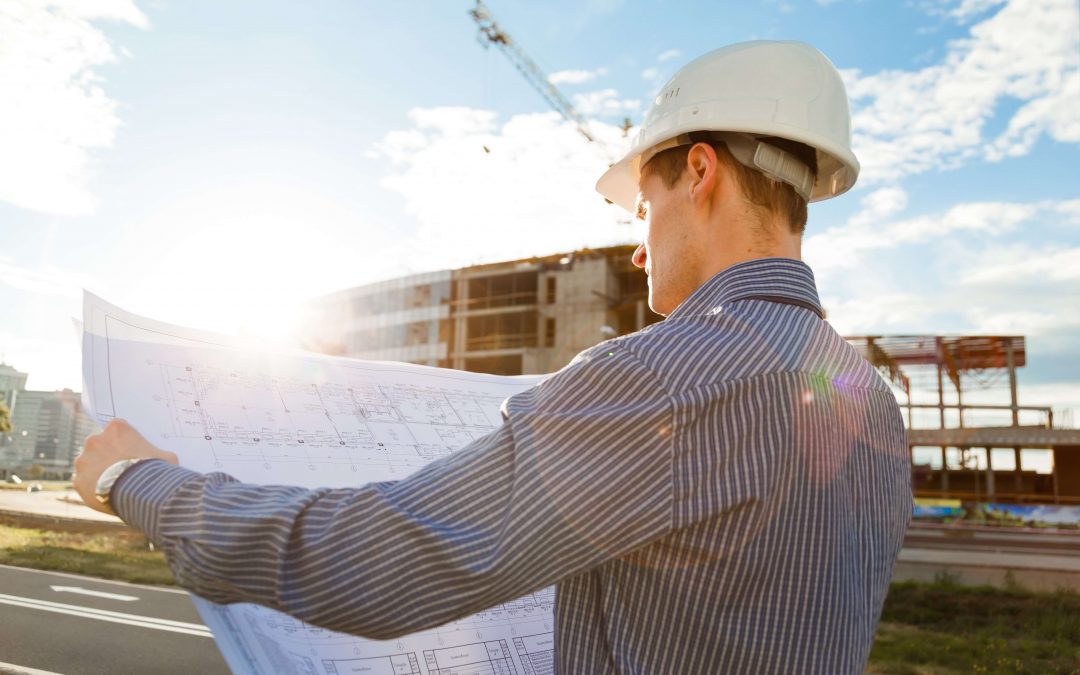The 6-Minute Rule for Specialized Geotechnical Engineering Solutions
Table of ContentsThe 5-Minute Rule for Specialized Geotechnical Engineering SolutionsThe Main Principles Of Specialized Geotechnical Engineering Solutions The smart Trick of Specialized Geotechnical Engineering Solutions That Nobody is DiscussingGetting My Specialized Geotechnical Engineering Solutions To Work
They conduct site investigations, accumulate examples, perform lab tests, and evaluate information to evaluate the viability of the ground for building tasks. Based on their searchings for, geotechnical engineers give recommendations for structure layout, incline stability, maintaining structures, and reduction of geotechnical risks. They work together with various other professionals, such as architects, architectural designers, and building and construction groups, to guarantee that geotechnical considerations are incorporated into the overall job layout and implementation.
Foundation Design: Geotechnical designers play a critical duty in making structures that can safely support the desired framework. They assess the dirt problems and load demands to figure out the proper structure type, such as superficial structures (e.g., grounds), deep foundations (e.g., heaps), or specialized techniques like soil enhancement. They think about aspects such as negotiation limitations, birthing ability, and soil-structure interaction to create ideal structure layouts.
The Specialized Geotechnical Engineering Solutions Ideas
Right here are some sorts of geotechnical designers: Foundation Designer: Structure designers concentrate on developing and evaluating foundations for frameworks - Specialized Geotechnical Engineering Solutions. They examine the soil conditions, tons requirements, and site qualities to establish the most proper structure type and style, such as shallow foundations, deep foundations, or specialized strategies like pile structures
They carry out area screening, accumulate samples, and analyze the accumulated information to define the dirt residential or commercial properties, geologic formations, and groundwater problems at a website. Geotechnical Instrumentation Designer: Geotechnical instrumentation engineers concentrate on monitoring and determining the behavior of dirt, rock, and structures. They set up and keep instrumentation systems that keep track of elements such as soil settlement, groundwater degrees, incline movements, and structural displacements to assess performance and give early warnings of potential problems.
In the office atmosphere, geotechnical engineers utilize specialized software application tools to carry out computations, develop layouts, and analyze information. Specialized Geotechnical Engineering Solutions. They prepare records, review task specifications, interact with customers and team members, and coordinate task tasks. The office setup offers a favorable environment for study, analysis, and partnership with various other specialists associated with the project
They regularly go to job sites to perform site examinations, examine geotechnical conditions, and gather data for evaluation. These check outs include taking a trip to different areas, often in remote or difficult terrains. Geotechnical designers may perform dirt tasting, conduct tests, and display construction activities to make sure that the geotechnical facets of the task are being implemented appropriately.
The 8-Minute Rule for Specialized Geotechnical Engineering Solutions
Geotechnical designers likewise operate in specialized geotechnical labs. In these centers, they conduct experiments, carry out tests on dirt and rock samples, and examine the engineering residential properties of the products. Geotechnical lab designers work thoroughly in these atmospheres, managing screening tools, operating tools, and tape-recording data. They work together with various other lab team to ensure precise and reliable screening results.
Keeping Walls: Developing wall surfaces that hold back dirt to prevent landslides and supply stability on sloped surfaces. Embankments and Earthworks: Creating embankments for roads, trains, and dams to ensure they stay stable under stress. The mining market depends greatly on geotechnical engineering to ensure the safety and security and longevity of its procedures.
With this in mind, we have actually created our program to prepare pupils for success. The Geotechnical Engineering program at the University of Delaware offers opportunities for innovative study and research study in: Soil and rock technicians Soil-structure interaction Constitutive modeling Computational geomechanics Structure and earth frameworks engineering Ground renovation Incline security and landslide stabilization Liquefaction of dirts and quake engineering Lab characterization special info of geomaterials and soil support Ecological geotechnics Provided the solid need for renovation to our nation's infrastructurethe American Culture of Civil Designers gave the U.S.
Geotechnical design is a branch of civil engineering; however, it involves using clinical techniques and concepts to gather and interpret the physical residential properties of the ground. Geotechnical designers are associated with all phases of the design of frameworks, from idea to building and construction. Their work is important in the layout and planning process as they evaluate the stability of dirt, clay, silt, sand, and rock, prior to building starting.
Specialized Geotechnical Engineering Solutions Fundamentals Explained
This is adhered to by a ground investigation based on the searchings for of the workdesk study and includes test matching and tasting to uncover any kind of potential issues. Geotechnical designers function within multidisciplinary teams, supported by intermediate and jr engineers in addition to by CAD professionals. As a senior geotechnical engineer on a hydro plant job, jobs may consist of joining technical evaluations (e.g., peer reviews), tailings clog assessments, dam safety evaluations, and other studies related to the style and building and construction of mine waste facilities.
While some professionals are experts entirely in geotechnics, others might work under titles like design rock hound or ground engineer within comparable abilities. As a geotechnical designer, you'll require to: develop and maintain relationships with clients and other professionals entailed in the site, throughout each projectmaintain safety criteria on website bear in mind cost effects when you make recommendationsstudy geological maps and aerial photos from a series of sources and from various time periodsexamine building and construction plans to see how practical they are based on your understanding of the siteinvestigate threats or geological risks for the sitesearch for eco delicate features, such as landfill beginning to create accurate and interpretive ground modelsplan area investigationsdrill and analyse samples of bedrock, soil, groundwater and extra materials monitor other specialists on sitesolve technical issues as they develop, such as unexpected frameworks at drill sitesmonitor conditions during and after building and construction to make certain frameworks are steady in the brief and lengthy termadd data gathered on site to your first researchcreate geotechnical calculations, drawings, and two or three-dimensional computer system designs analyzing the datamake suggestions concerning the suggested usage of the website.
There are great deals of possibilities to fulfill brand-new explanation individuals, as you'll deal with a series of specialists at every website. The job can be difficult as you may be accountable for the safety of others while on website. There is additionally a high level of monetary obligation, as the suggestions you make can have severe cost implications.
